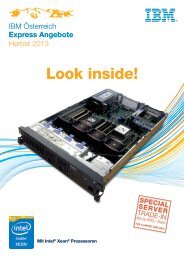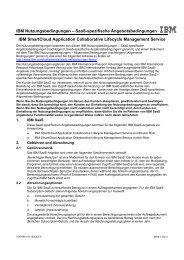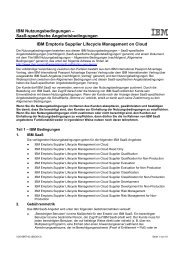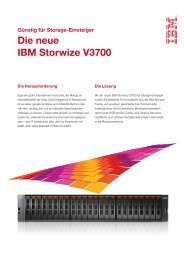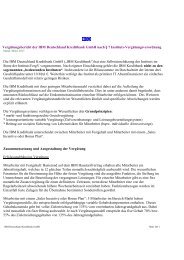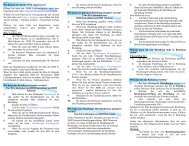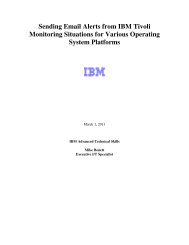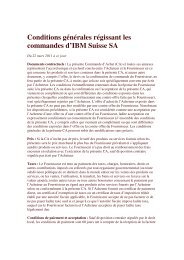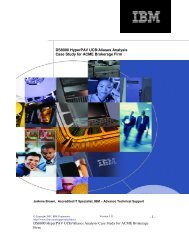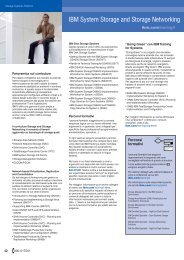FICON Express2 Channel Performance Version 1.0 - IBM
FICON Express2 Channel Performance Version 1.0 - IBM
FICON Express2 Channel Performance Version 1.0 - IBM
You also want an ePaper? Increase the reach of your titles
YUMPU automatically turns print PDFs into web optimized ePapers that Google loves.
<strong>FICON</strong> <strong>Express2</strong> <strong>Channel</strong> <strong>Performance</strong> <strong>Version</strong> <strong>1.0</strong><br />
Page 38<br />
intensities are the “hot spots” of the configuration. These are the areas where configuration<br />
tuning has the potential for yielding the highest benefit. As explained above, the individual<br />
components of response time (IOSQ, DISC, PEND and CONN) will tell you where you should<br />
focus your efforts. The average open exchange calculation is a subset of the I/O intensity<br />
calculation that uses the DISC + CONN + CMR components of response time. Except in<br />
cases of extremely low control unit cache hit ratios, the open exchange limit is not the cause<br />
of high values of average open exchanges. Instead high values for average open exchanges<br />
are most likely the result of driving either the channels or the control unit to high levels of<br />
utilization. Tuning efforts need to be focused on the appropriate areas based on the DISC,<br />
CONN and CMR components of workload response times. If the <strong>FICON</strong> channel processor<br />
and bus utilizations as reported on the RMF <strong>Channel</strong> Activity report and link utilizations<br />
calculated from the MB/sec info are less than 50%, then the tuning efforts need to focus on<br />
the control units in the configuration.<br />
The basic architecture and design differences between <strong>FICON</strong> and ESCON resulted in many<br />
changes to the performance data that appear on RMF reports. Additional information in the<br />
form of <strong>FICON</strong> processor and bus utilizations, READ and WRITE MB/sec, AVG FRAME<br />
SIZE and AVG CMR DLY is provided to help analyze the multiplexing capability of <strong>FICON</strong>.<br />
Since ESCON is only capable of executing one I/O operation at a time, RMF reports the time<br />
that the entire CHPID path is busy for ESCON channel utilization. With <strong>FICON</strong>, we must<br />
consider the individual components of the total CHPID path such as the <strong>FICON</strong> channel<br />
processor and bus, the fibre link, the director destination port and the control unit port<br />
adapter microprocessor, bus and link. The charts and examples provided in this paper<br />
should help guide you in assessing the maximum capability of <strong>FICON</strong> <strong>Express2</strong> channels for<br />
your workload.


